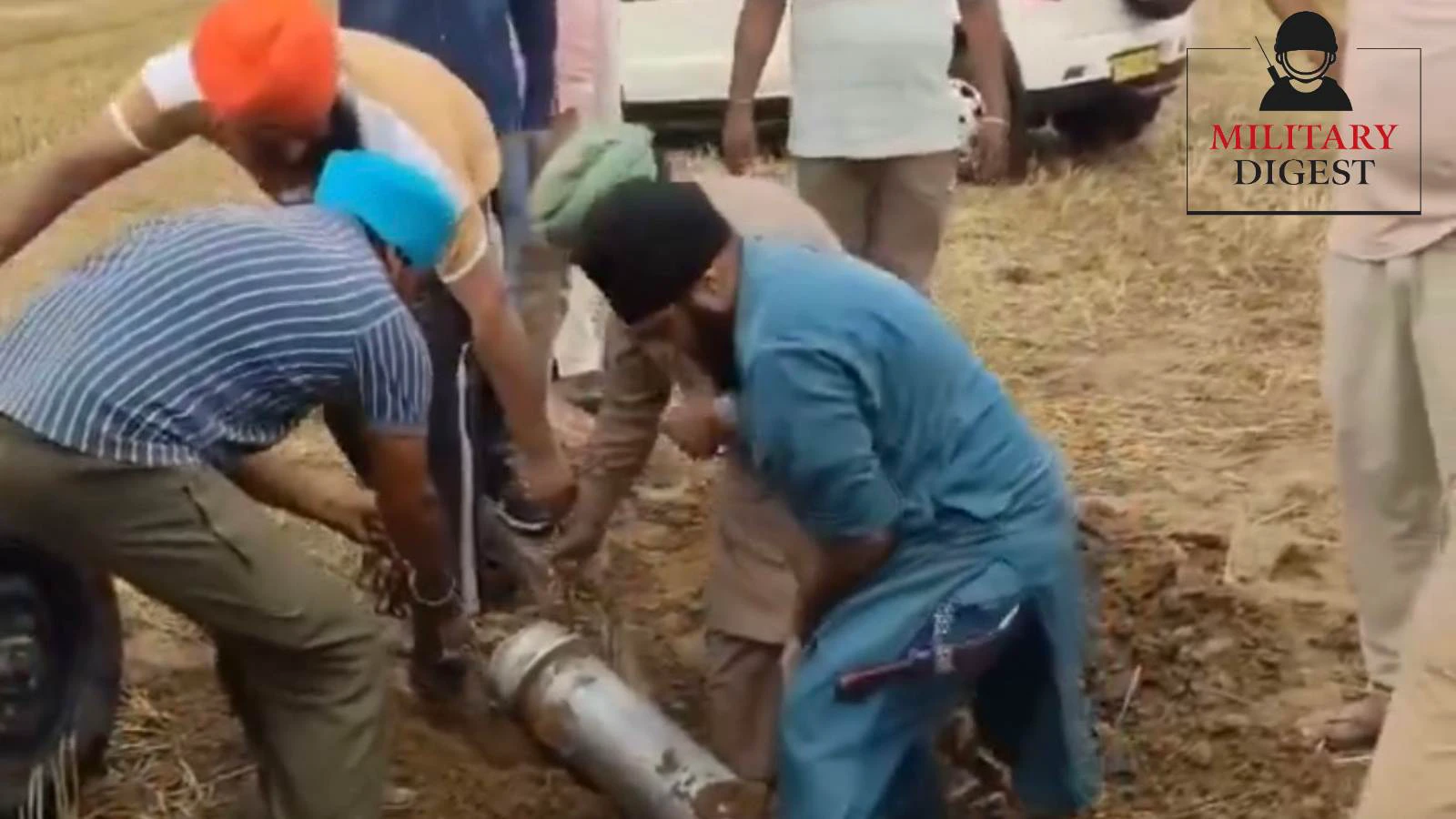The fields of Punjab are no stranger to battles from time immemorial. From the Greeks to the Turks and Afghans, successive generations of residents of the state have fought foreign invaders in various shapes and forms.
In the post-Independence period, the 1965 and 1971 Indo-Pak wars saw pitched battles take place at many places along the border in the undivided Ferozepur, Amritsar, and Gurdaspur districts.
However, the short, sharp Indo-Pak conflict during Operation Sindoor brought a new dimension of warfare to the residents of the state. And that was the aerial attack through drones, rockets, and missiles. Accustomed to the hexacopter drones which bring drugs, illegal arms, and ammunition from Pakistan to India, the residents witnessed military grade drones which were seen and intercepted at various places.
For a state which has been unaccustomed to such hostilities for the last 54 years, for the initial day or two, there was a general lack of awareness among the district administrations on methods and modalities of blackouts, sirens, and other restrictions. However, everyone learnt the rules very quickly, and the people rallied around the administrative machinery and followed all instructions dutifully.
This correspondent was witness to the matter-of-fact manner in which residents of Pathankot and areas around it went about their business, and even shutting down everything and confining themselves at home when air raid sirens were blowing every few minutes due to the enemy drones.
A village near Pathankot, Damtal, which actually falls in Himachal Pradesh, was struck by three Pakistani projectiles in a matter of a few seconds. These fell in an uninhabited part of the village, and though the resultant blasts caused some structural damage to the houses due to shock waves, there was no damage or loss of life due to the explosives in the projectiles.
Far from running away from fear of rockets and missiles, people of villages where the debris of such intercepted Pakistani munitions fell were quick to take matters into their own hands and physically removed these exploded or unexploded ordnance to a safe distance. While this was a foolhardy thing to do and the district administrations were quick to warn people not to touch these items since they may still cause harm, it in a way displayed the courage and utter lack of fear in those villagers.
While initially there were reports that some villagers had vacated their homes in a border district, the majority stayed put where they were and refused to move to safer areas. Border villagers spoken to in the Amritsar district said they have chosen to stay put and look after their homes and domestic animals. So, while the Guru Granth Sahib in border Gurdwaras was relocated to safer areas in the hinterland, the villagers themselves were prepared to see through the hostilities between India and Pakistan in a stoic manner.
Gurdaspur MP Sukhjinder Singh Randhawa moved around from village to village when the hostilities were at their peak, and also stayed put in Pathankot when the drone attacks were at their worst. Randhawa now plans to write to the prime minister seeking a special economic package for Punjab as well as border districts, as they have to face the brunt of Pakistani misadventures.
As the country marks the 60th anniversary of the 1965 war later this year, it is heartening to see that the spirit of steadfastness shown by Punjabis during that turbulent period six decades ago has been repeated again in Operation Sindoor.
